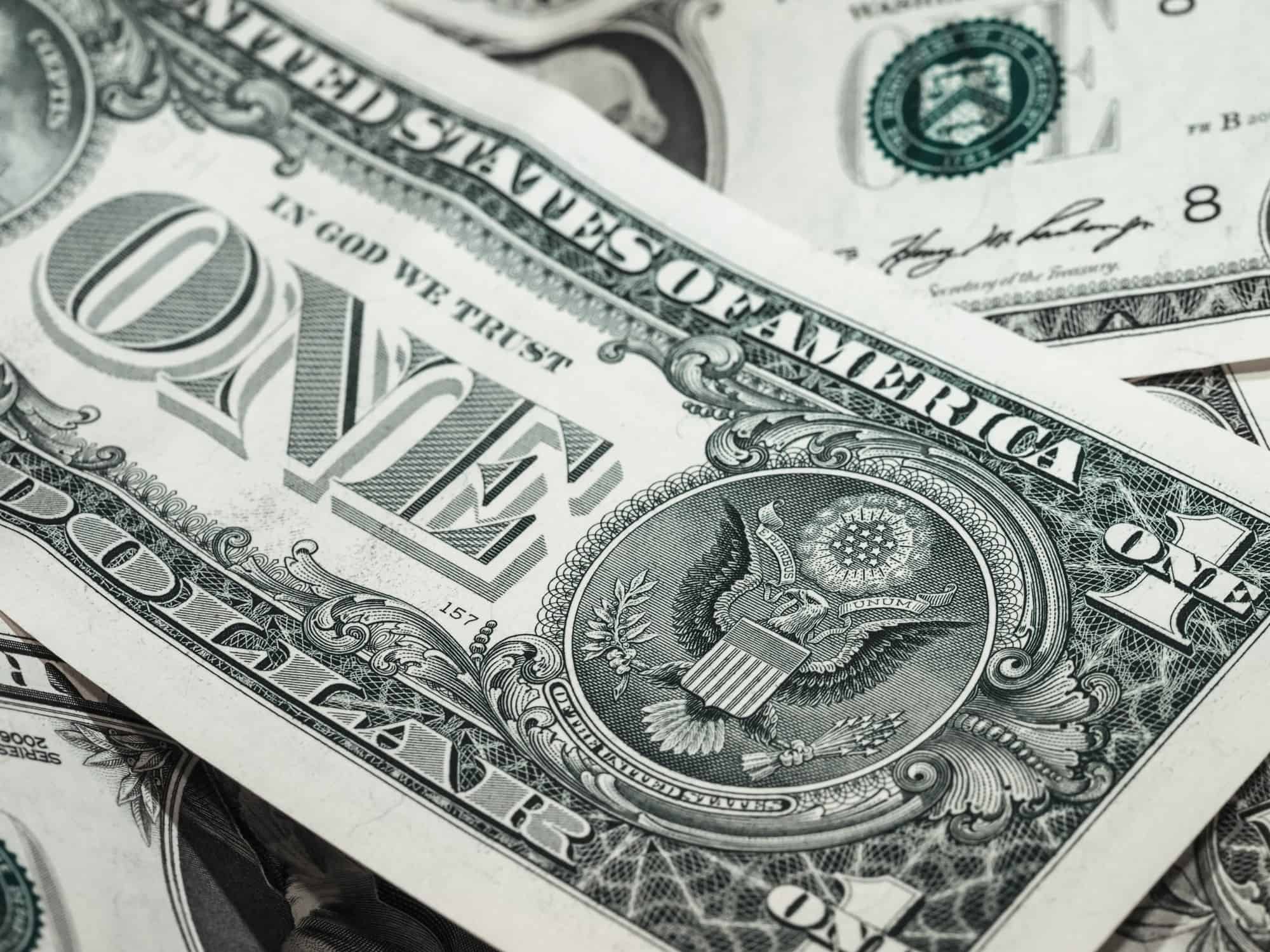COVID-19 is spurring a wide range of economic repercussions that are having negative effects worldwide.
For individuals and business owners in financial trouble, a historic stimulus package has been approved to provide a bit of economic relief in the United States.
Whether you’re unemployed or concerned about the future of your business, read on to learn more about what this monumental economic stimulus package means for you.
What is an Economic Stimulus Package?
In times of turmoil, the government may come together in a coordinate effort to increase government spending to stimulate the economy. Lower taxes and interest rates, as well as loans and grants, are also often part of the fiscal stimulus.
The purpose of a stimulus package is to help lift the economy out of a possible recession or even worse, a depression. This concept is based on the principles of Keynesian economics which state that demand can be increased through more employment, investment, and consumer spending.
In March of 2020, the American government passed a massive $2 trillion stimulus package called the CARES act, which President Trump signed it into law shortly after. This comprehensive stimulus bill is designed to help protect the U.S. and global economy from the repercussions of the spread of COVID-19.
What Are the Terms of This Most Recent Stimulus Package?
After a bit of debate in both the U.S. Congress and Senate, the CARES Act was signed into law to provide a financial relief package to Americans. This new law offers several ways to get money to individuals and businesses to help keep them, and the economy as a whole, afloat.
During these times of financial uncertainty, people can lose their jobs and income, which may result in evictions and foreclosures. Part of this package includes a direct payment to Americans and Permanent Residents with a one-time payment of up to $1,200 per individual and up to $2,400 per married couple. Families with eligible children will also receive an additional $500 per child.
Aside from the direct payments, $250 billion is allotted for extended unemployment insurance programs. The plan extends eligibility and also offers certain workers an extra $600 per week for up to four months on top of what their state pays. Benefits are extended to December 31 and are available for self-employed, contractors, and gig workers.
In addition to businesses and individuals, the bill also provides help to health care facilities, hospitals, and more. The plan allocates $100 billion to hospitals responding to the COVID-19, and $1.32 billion in immediate funding to community health care facilities.
The plan also allocates $11 billion to diagnostics, treatments, and vaccines for the virus as well as $80 million for the FDA to work toward approving and expediting new possible treatments and medicines. It also provides billions of dollars for the CDC and to veterans’ health care.
Benefits for Small Businesses
A crucial element of the new relief package is the help it provides to the country’s many small businesses. To keep these businesses afloat, several different incentives are being offered including the ability to delay a portion of 2020 payroll taxes until 2021 and 2022. Businesses can receive a 50-percent payroll tax credit on wages paid up to $10,000 at this time.
Another important part of the new economic stimulus bill is the Paycheck Protection Program (PPP). Designed for small businesses with fewer than 500 employees, the PPP can help companies make payroll and cover other important expenses until June 20 via a variety of loans.
The Small Business Administration is offering loans and grants to eligible businesses. Some applicants may be eligible for a forgivable grant of up to $10,000. Loans with very low-interest rates are also being offered to help businesses continue to maintain their payroll, pay rent, and take care of utilities.
If these new loans are used to pay specific expenses related to COVID-19, they may be forgiven. Loan balances would also be reduced by any reduction in employees retained compared to the prior year.
What is the Goal of the New Stimulus Package?
COVID-19 is on a global scale that is having a serious economic impact on individuals and businesses all over the world. The U.S. stimulus package is providing money and other forms of aid to people who need it to help pay for important expenses like rent, mortgage payments, food, and utilities.
With help from the U.S. Treasury and other governmental organizations, this new relief package can help Americans in their time of need. Some of these measures needed to be implemented as soon as possible since countless businesses have closed their doors due to local shut-downs and social distancing measures.
A combination of low-interest loans, extended unemployment benefits, and cash deposits can help keep the economy from collapsing. While some may argue that this is just a bailout, it’s geared to helping individuals and small businesses stay afloat.
New York City is currently the epicenter of COVID-19, which is also the hub for many major businesses, including Wall Street. At this point, any form of relief can help stem the flow of problems related to a lack of income.
Who Are the Beneficiaries of the Stimulus Package?
Many people and organizations stand to benefit in some way from the CARES stimulus package. Individuals can receive cash deposits, rent and mortgage forbearance, and tax cuts and tax deadline extensions.
Businesses also stand to benefit from this economic package in the form of grants, low-interest loans, and other assistance. Extended unemployment benefits for workers can also be helpful to both employers and employees during this difficult time.
Regardless of political opinion, this stimulus package is designed to help provide a safety net for individuals with a social security number, and businesses. Almost every industry is affected particularly those in the hospitality, travel, and food industries.
Those who receive social security, veterans benefits, Medicaid, and other government-based income are eligible to receive the one-time stimulus payment, even if they have not filed taxes for 2018 or 2019. This payment can help those in need to pay for things like rent, utilities, food, and health care costs.
What Are the Downsides to the Stimulus Package?
While a major economic relief package can be extremely helpful, there are always some downsides. First, any time a stimulus bill passes, it adds a significant amount to the country’s debt. When the debt increases, there can be several serious repercussions including higher income taxes and other hidden costs to citizens and businesses.
Another downside is that while this relief can help many people in the short-term, it likely won’t be enough for others to stay financially afloat. One-time payments can provide a small amount of relief, but it may not be viable to help people keep a roof over their heads or businesses open.
If small businesses receive loans to stay open, it could affect their bottom line later. With low to near-zero interest rates and forgiveness options available, the hope is that the stimulus will help these companies stay on their feet without suffering too much financial damage in the long-term.
Some economists fear that stimulus packages like this can lead to inflation or deflation. As demand for products increases and supply is limited, prices could skyrocket for goods and services. Alternatively, retailers with overstock and too much inventory may lower their prices to the point where profit margins are minimal.
Most of the time, the government proposes an economic stimulus package with good intentions. In the case of the COVID-19 bill, the need to inject money into the system is urgent.
Helping the Economy Through Stimulus
From the average citizen to the small business owner and beyond the COVID-19 bill can offer monetary assistance to those who need it most. Whether you’re worried about paying your rent or you’re afraid your business might fold, this package can help you stay on your feet during these unsettling times.



